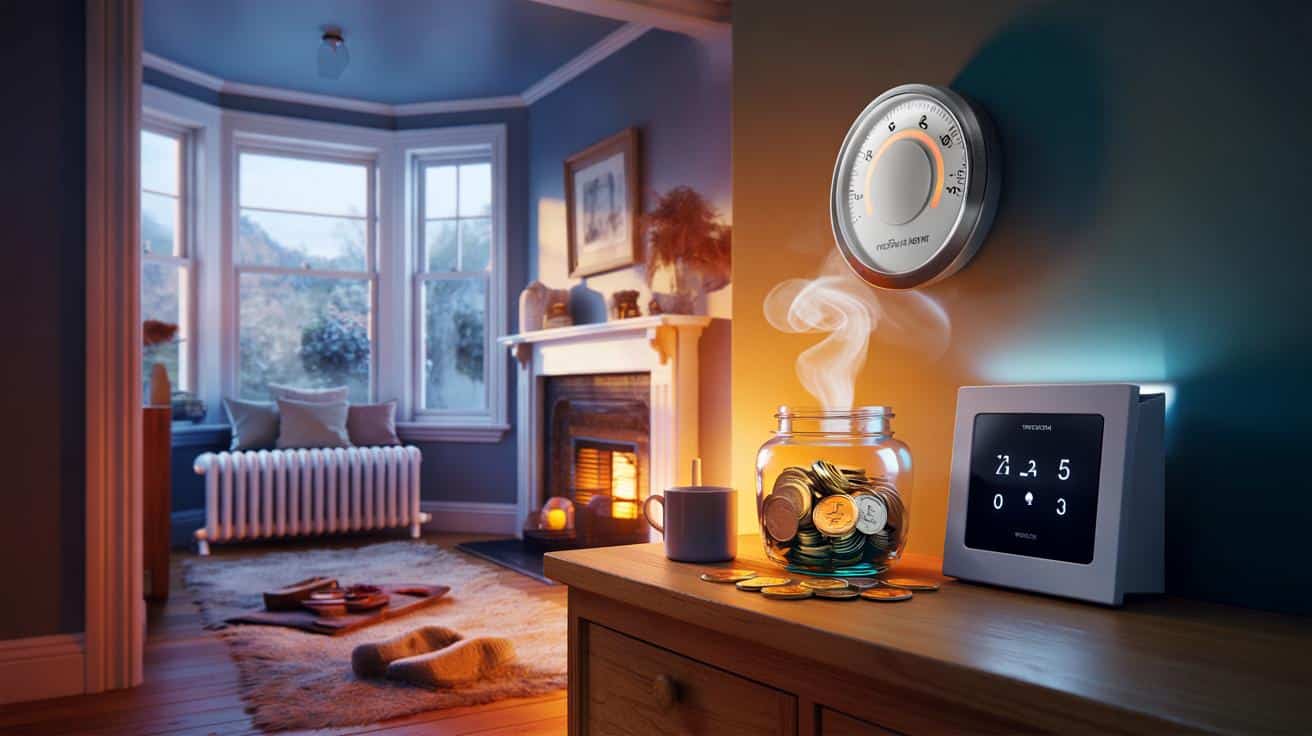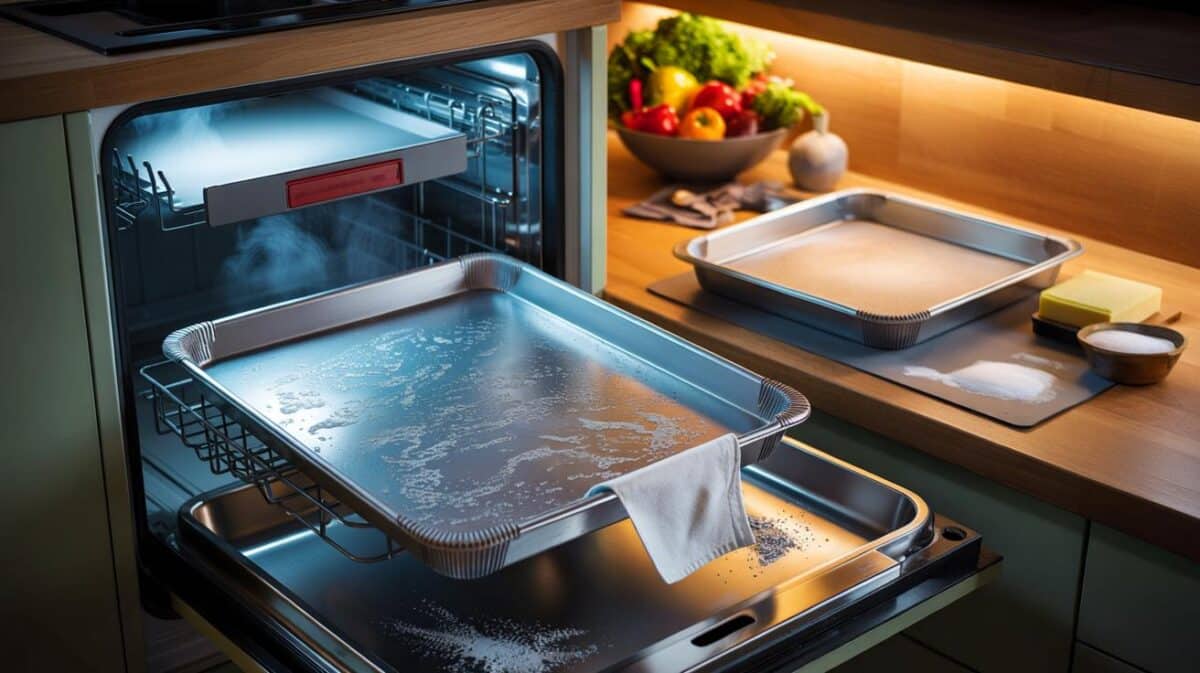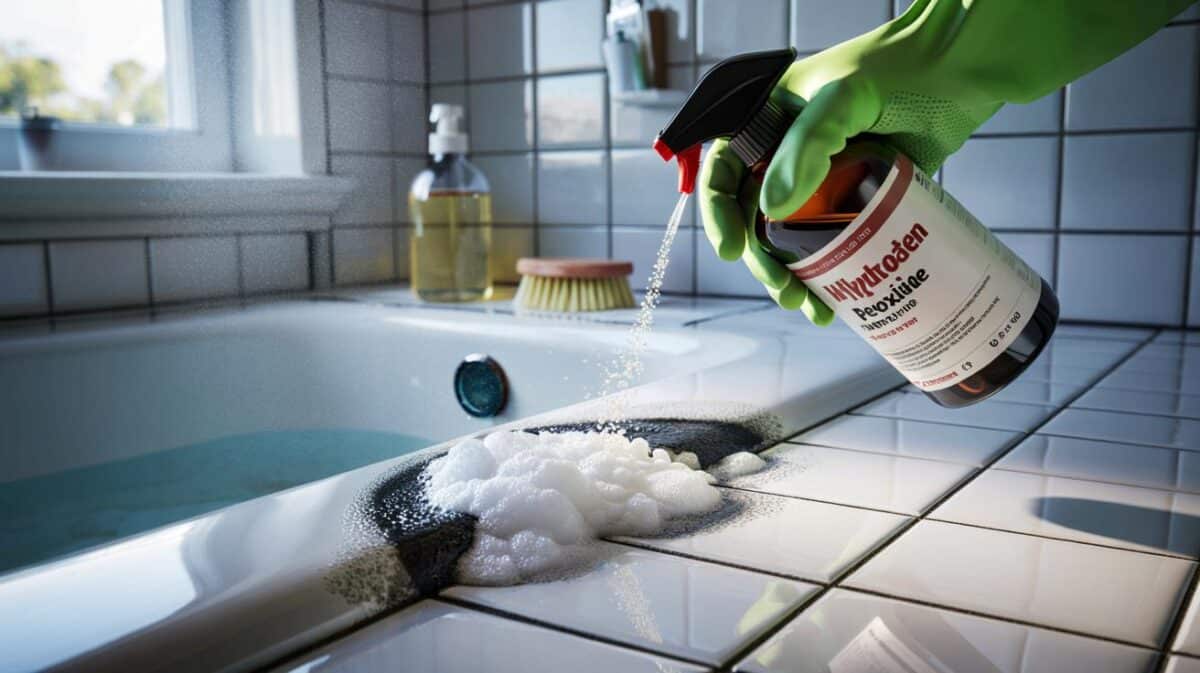Your heating doesn’t need to fight the cold all day to keep you warm—or drain your wallet. Energy specialists say there’s a precise moment to switch it on that rides the daily temperature swing, taps cheaper demand patterns, and can shave around £200 off a typical winter bill. The trick is timing, not heroics.
A single kitchen light pops on. Kettle on, slippers, that familiar hesitation by the thermostat—do you nudge it now or wait for the sun that never quite shows up in November? You feel the draft at your ankles, the radiators still cold, the meter blinking like a tiny metronome of guilt.
We’ve all had that moment when warmth feels like a luxury you have to justify. The experts I spoke to swear there’s a better rhythm. They call it the two-window switch-on—hit the heating at the right time in the morning and again early evening, with your thermostat set lower than you think. There is a cheaper way.
The clock matters more than you think
There’s a sweet spot for most UK homes with gas boilers: switch on at 6:30am and 5:00pm, then let the system rest once rooms are up to temperature. Those times line up with the daily heat loss curve—nights are coldest around dawn and homes cool again as the afternoon light fades. Two short, purposeful runs are often enough to lift rooms to comfort and keep them there.
That schedule works because houses don’t behave like kettles. Brick, plaster, carpets and furniture soak up heat, then give it back. Warm them early, hold a steady set-point, and you don’t need constant burning. The result is fewer long boiler cycles, more time spent in its efficient condensing range, and less gas disappearing into the winter sky.
Take a three-bed semi in Leeds, 1930s, decent loft insulation but draughty hallway. The owners shifted from an “always on low” approach to a two-window plan: 6:30–8:30am and 5:00–9:30pm at **18–19°C**. Over 14 weeks last winter, their smart meter logs showed average daily gas use down by 18%. That’s roughly £3.20 a day at last year’s price cap—close to £225 across the heating season. They didn’t wear parkas indoors. They timed their heat.
Why does timing pay? Heat loss is proportional to the gap between inside and outside. Early mornings and evenings are where the gap spikes, so targeted warmth beats blanket heating. Letting rooms cool a little mid-day when the outdoor temperature gently lifts trims that gradient. Your boiler or heat pump cycles less, and because you’re not chasing a big temperature jump at night, it doesn’t overshoot or short-cycle. Homes with smart thermostats that preheat 20–40 minutes before those windows do even better—heat arrives right when you need it, not half an hour later.
How to set it up tonight
Open your thermostat schedule and create two heating windows on weekdays: 6:30–8:30am and 5:00–9:30pm. Set the target at **18–19°C** for living areas, 16–17°C for bedrooms. If your thermostat has “preheat” or “adaptive recovery”, enable it so warmth lands on time. On weekends, shift the morning window to 7:30–9:30am if you sleep in. If you’re home during the day, add a modest top-up from 12:00–1:00pm at 18°C rather than cranking it at 3pm.
Dial your boiler flow temperature down to 50–55°C for radiators and 60°C for hot water. That keeps a modern condensing boiler in its efficient zone more often, where flue gases yield extra heat. Bleed radiators that gurgle, and set TRVs low in little-used rooms to avoid heating empty air. Close curtains at dusk, tuck a draught excluder by gaps, and let sunlight do its thin winter magic on any south-facing glass. This isn’t about shivering in a jumper.
Common mistakes? Leaving the heating on 24/7 at a low set-point, then complaining the house never quite warms. Also, hitting the “boost” button for an hour at 23°C because guests are coming—your boiler will sprint, then collapse into inefficient short bursts. Zoning helps: keep the hallway cooler, warm the room you’re in, resist the urge to open internal doors “to spread the heat”. Be kind to yourself as you tweak. Let’s be honest: nobody actually does that every day.
“The ‘exact time’ isn’t magic—it’s about the moment your home’s heat loss curve steepens,” says heating analyst Priya Shah. “For most UK households, that means a first switch-on around 6:30–7:00am and a second at 5:00–6:00pm, with a set-point below 20°C and a lower boiler flow temperature.”
- Gas boiler home: two windows (6:30–8:30am, 5:00–9:30pm), 18–19°C, 50–55°C flow temp.
- Heat pump: run low and steady all day, small setbacks only (0.5–1°C), keep weather compensation on.
- Work-from-home: add a gentle 12:00–1:00pm top-up instead of a big 3pm blast.
- Off-peak electric tariff: preheat 30–60 minutes before your cheap window ends.
- Older, leaky home: bring the morning start forward to 6:00am; fix draughts before chasing higher temps.
The numbers behind £200—and where they vary
Could timing alone save you £200? In a typical gas-heated home using 10,000–12,000 kWh a year, shifting to a two-window schedule, dropping the set-point by 1°C, and lowering the boiler flow can cut space-heating demand by roughly 10–20% across winter. At current price-cap levels, that’s around £150–£250. Houses with decent insulation and smart schedules tend to land near the top of that range. Homes that are very leaky do better once draughts and radiators are sorted.
Electric heating is different. If you’re on a time-of-use tariff, the “exact time” is when your cheap window ends: preheat just before it does, then ride the warmth. Storage heaters and heat pumps love steady, earlier warmth rather than late-night panic. For gas, the clock face remains simple: **£200** isn’t guaranteed, but it’s realistic when timing, temperature and flow all pull together. The clearest win? Comfort on demand, not guilt by habit.
A last thought before you tweak those schedules tonight. Start with the morning window, then the evening, and give each change three days. Watch how your rooms hold heat, feel the radiators, listen to the boiler. If you sleep in a cold house or work from home, shift your times by 15-minute steps until it fits your life. The “exact time” is a recipe that needs your ingredients—your walls, your routine, your weather.
| Point clé | Détail | Intérêt pour le lecteur |
|---|---|---|
| Two-window schedule | Switch on at 6:30–8:30am and 5:00–9:30pm | Warms when you need it, trims waste |
| Lower set-point | Target 18–19°C living rooms, 16–17°C bedrooms | Each degree can save ~£100 a year |
| Boiler flow temperature | 50–55°C for radiators, ~60°C for hot water | Improves condensing efficiency and comfort |
FAQ :
- What’s the exact time to turn on my heating to save money?For most gas-boiler homes: 6:30–8:30am and 5:00–9:30pm. Shift by 15 minutes to suit your routine and insulation.
- Should I leave heating on low all day?Not with a gas boiler. Two targeted windows usually beat 24/7 “low”. Heat pumps are different—run them low and steady.
- What thermostat temperature should I use?18–19°C in living areas works for many households. Try 0.5°C steps and see how your home holds heat.
- How do I set boiler flow temperature?Use 50–55°C for radiators, about 60°C for hot water. If rooms lag, nudge up by 5°C and test for two days.
- Can a smart thermostat really help?Yes. Preheat/adaptive recovery brings warmth right on time, and schedules are easier to fine-tune without overdoing it.









